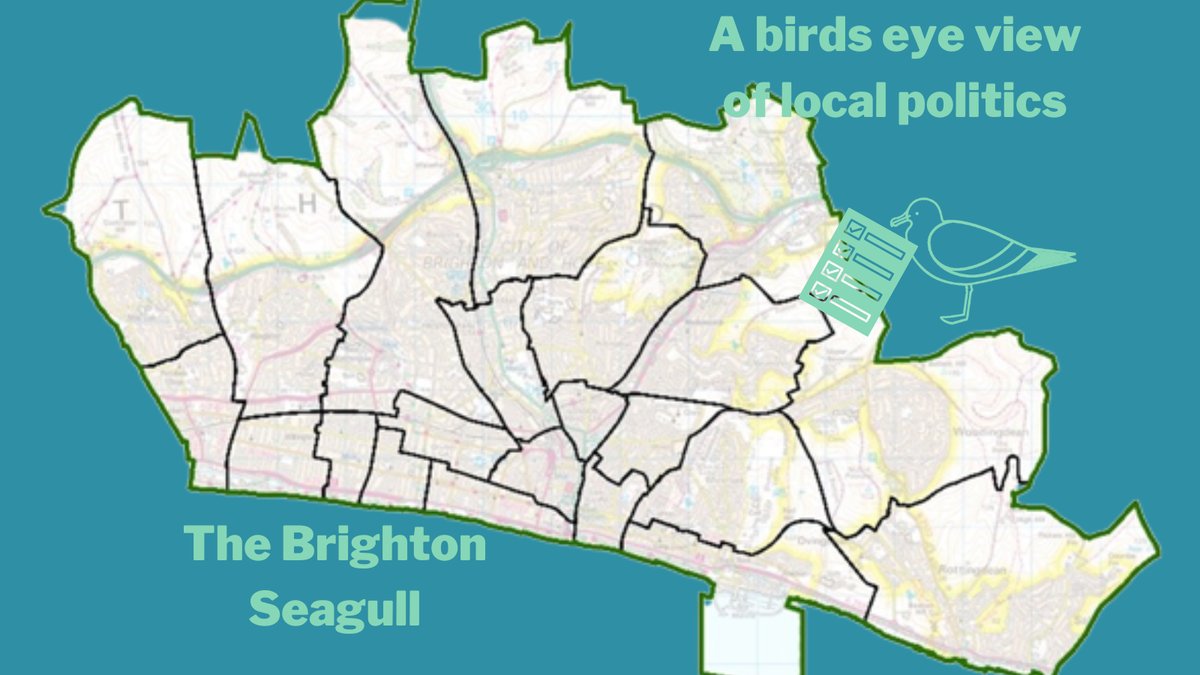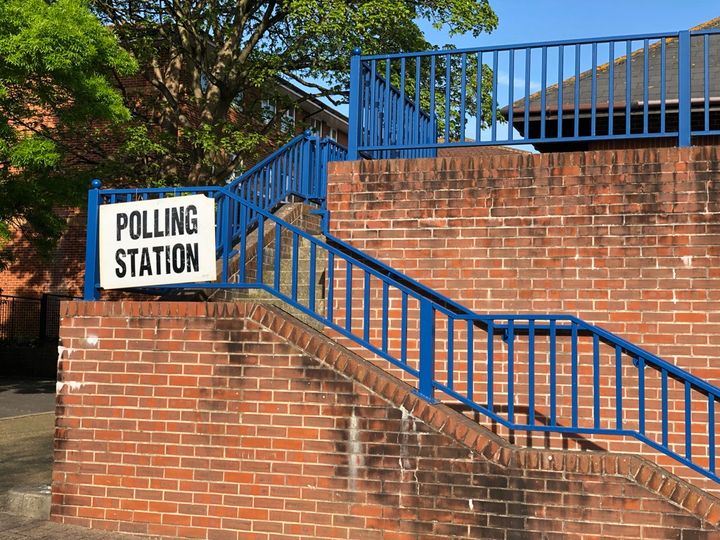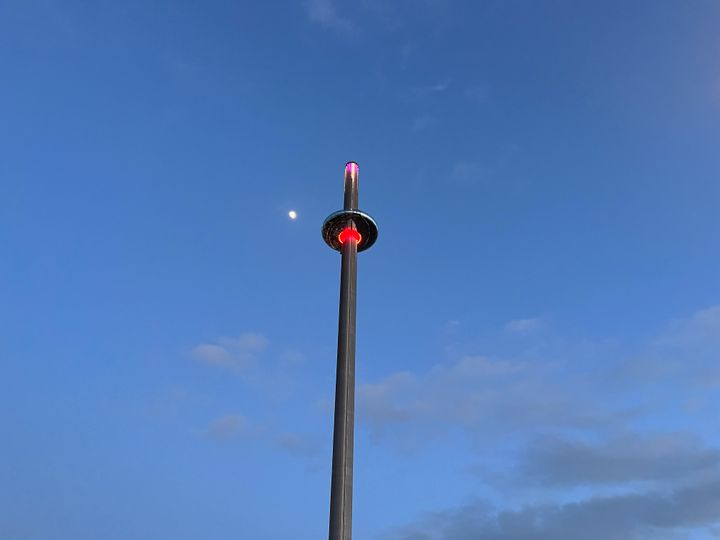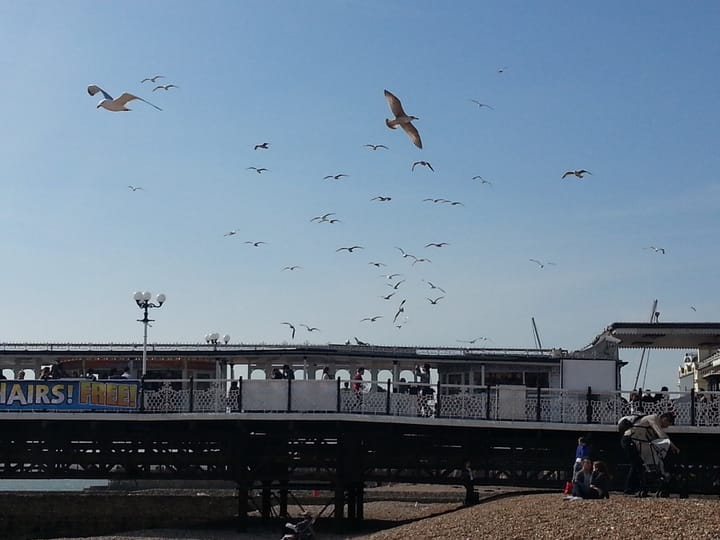The Council Elections In Miniature
The election's over, the dust has settled: what does it look like for the city?

As the smoke clears after the general election, The Seagull is pleased to report that our predictions held up better than those for the council elections last year! Arguably, this was an easier game: easily-observable national factors matter more in national elections than local ones, national polling is being conducted, but still: 3/3, we’ll take it.
Hove and Portslade was, in some ways, the easiest seat to call: the only one with an incumbent standing again, from the nationally victorious party, with a significant existing majority, where the only serious contender previously was the Conservatives. There was an independent challenge from Tanushka Marah focusing on cuts to public services and support for Gaza, but unlike e.g. Leicester South where Shockat Adam was able to successfully oust Jonathan Ashworth, Hove proved less amenable to that kind of challenge. However, it’s worth noting the Greens were able to leap from fourth place with 4.4% of the vote to second place with 14.3% of the vote beating the Tories into third place—a fairly remarkable achievement.
In Brighton Pavilion, meanwhile, Siân Berry easily saw off Labour challenger Tom Gray, who picked up just about half the votes she did. When it comes to local representation, voters have developed a dimmer view of the Greens, but nationally they are still enthusiastic. With these numbers, it’s difficult to see what, short of some serious SNP-style scandal, could dislodge the Greens from Pavilion in the near future.
Brighton Kemptown and Peacehaven is the most interesting seat, with popular Labour incumbent Lloyd Russell-Moyle ousted as a candidate immediately prior to the election in favour of former Keir Starmer chief of staff Chris Ward. Ward won, but not comfortably. Like Hove, the seat has only ever returned Labour or Conservative MPs, and the Conservative candidate is probably scraping that party’s current floor with a dismal 20% of the vote, but the Greens managed a very impressive 19% of the vote, just about tripling their highest previous share in the constituency and nearly taking second place from the Tories. Talking to local voters, it seems a lot of that may be former Lloyd Russell-Moyle loyalists (Moylists?) unwilling to lend Ward their vote, so it remains to be seen how robust that foothold is in future. The constituency also saw the most depressed turnout—Pavilion was down 3.1%, Hove down 6.4% but Kemptown was down 11.9%.
A Labour activist many years ago told a member of Team Seagull that (especially when it comes to general elections) the Greens should be thought of as a local party for Brighton. That has definitely become less true recently—given their victories in Bristol and elsewhere—but they will doubtless be viewing their strong showings in both Hove and Kemptown as a base on which to build in future.
For Conservatives and Labour, meanwhile, their future success will depend, in large part, on their records in government and opposition. If Labour are able to start delivering their promises to rebuild the public realm, they will likely be rewarded—while, if the Conservatives decide to fully pivot to hard-right culture war, as several leadership contenders are saying, they will most likely be punished. In this city, at least.
What struck us is that some of the electoral factors at play nationally seem not altogether dissimilar from those that were at play in our most recent council election. As Professor Sir John Curtice said, this is an election the Conservatives lost far more than Labour won. Wins are still wins, of course, but this will matter over the next five years as voters solidify impressions of their new representatives and affect their decisions to vote next time.




Comments ()